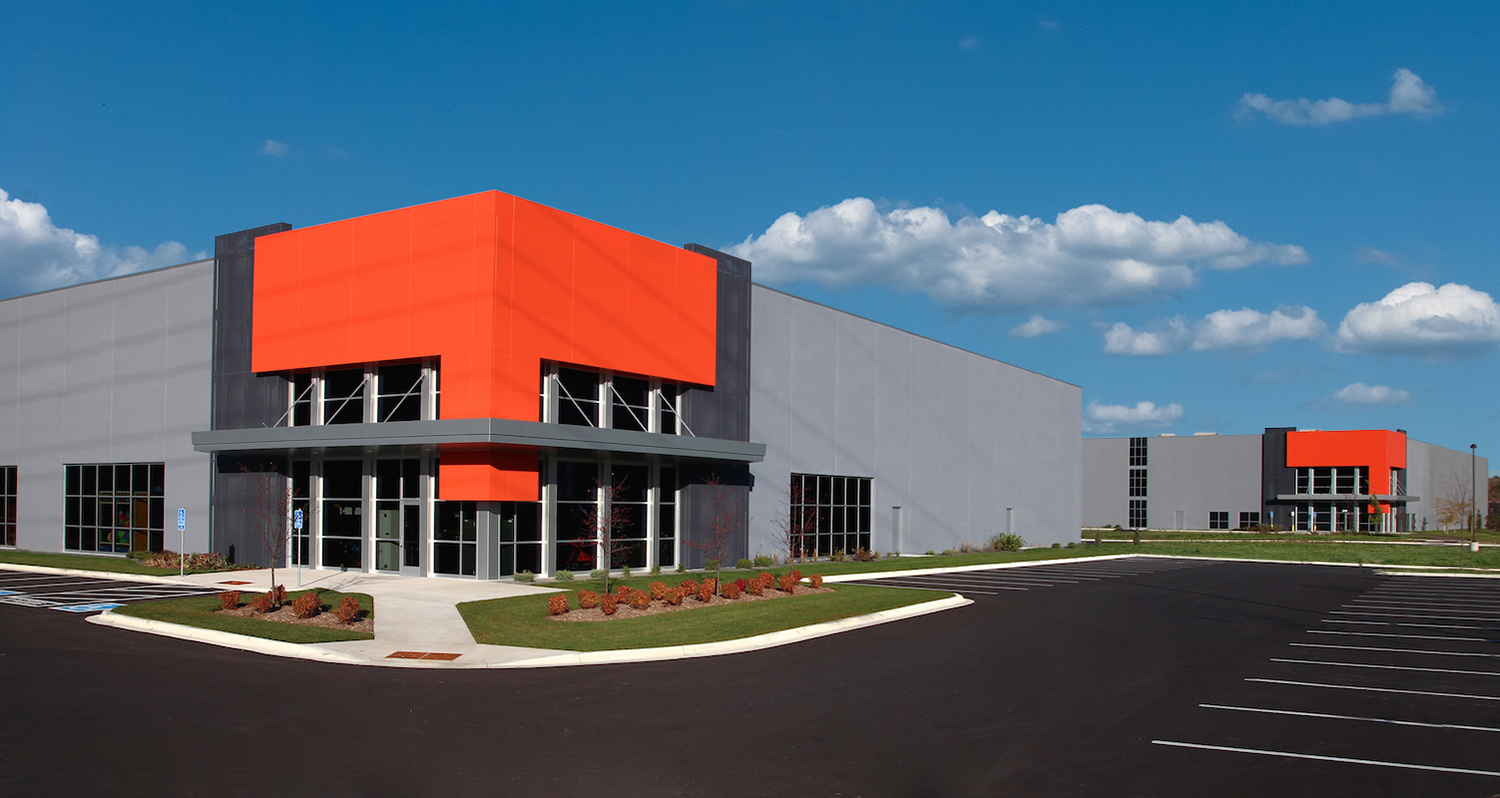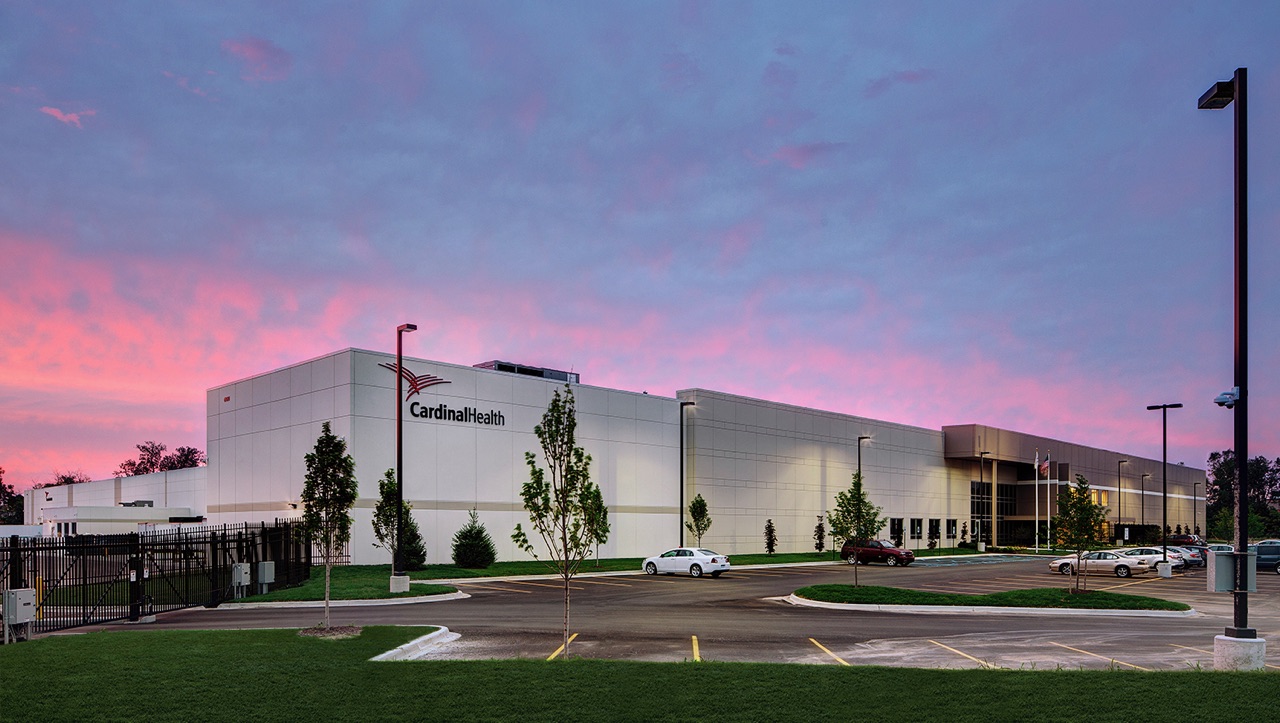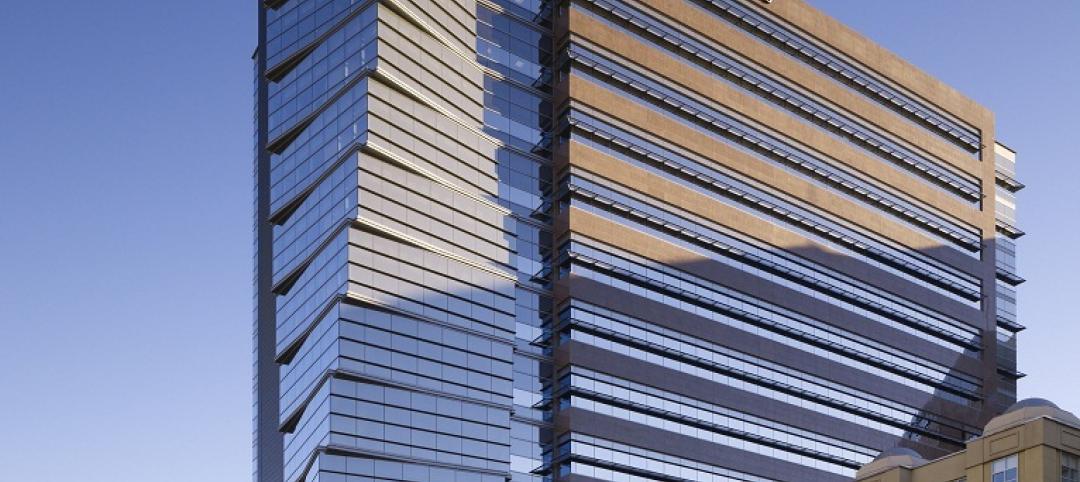As municipalities build out available real estate, virgin ground is eventually exhausted. And abandoned or blighted “brownfield” locations like munitions factories, steel mills and chemical plants become viable options to build. But that doesn’t come without its challenges.
REDEVELOP. BUT FIRST, REMEDIATION.
While existing structures may be visible to the eye, the real trouble lies in the unseen: namely the hazardous substances, pollutants or contaminants that remain in the soil.
“Brownfields are locations with soil that has been really damaged or abused over time by industry,” said Fabcon’s Aaron Gordon. “Something that’s not suitable for building. And a lot of times has to be capped.” So while redevelopment may include the razing or repurposing of existing structures, the most important step in the process is decontamination and remediation of the soil on site.
THE ADVANTAGES OF PRECAST
Brownfield projects typically involve moving massive amounts of soil. Geotechnical and environmental site conditions are considered as contaminated soil is removed and new fill is brought in. While it’s well known that Fabcon precast panels are light on a budget, the actual panels are also lighter per square foot than competitors. This creates efficiencies in the engineering requirements for preparing the site. “The engineer of record works to ensure the soil pressure is there to handle the large footprint of these industrial buildings,” said Gordon. “Our panels are lighter per square foot. And that helps in designing that footing.” But there are also code requirements to consider and the desire for energy efficiencies. That’s why many builders look to our 12” VersaCore+Green™ sandwich panels and their impressive R-value of 28.2.
WIDE RANGING POSSIBILITIES
Fabcon has played a role in many interesting brownfileld projects – highlighted by three in our home state of Minnesota.
Northern Stacks is a 122-acre business park in Fridley, Minnesota features state-of-the-art office and warehousing space just steps from the Missippi River where factories once turned out guns for U.S. Naval vessels during World War II.
 Northern Stacks - Fridley, Minnesota. Photo Credit: Fabcon
Northern Stacks - Fridley, Minnesota. Photo Credit: Fabcon
Featuring a mix of rehabbed structures and new construction, the city of Duluth redeveloped a former iron foundry and heavy machinery shop at Clyde Park into a multiuse destination. The development is now home to the Duluth Heritage Sports Center, the Duluth Children’s Museum, and Clyde Iron Works, a restaurant and events center.
And finally, the St. Paul Port Authority helped turn a decrepit bowling alley built atop an abandoned city dump along the Missippi Riverfront into a new company headquarters for River of Goods/Terrybear Urns & Memorials. And collaborated to install community gardens in the adjacent greenspace.“In each of these projects we we’re able to contribute to adding a fresh new look and functionality,” said Gordon. “Then people and businesses can start moving back into these communities that were lost along the way.”
For more information on Fabcon Precast, visit fabcon-usa.com.
Related Stories
| Mar 14, 2012
Plans for San Francisco's tallest building revamped
The glassy white high-rise would be 60 stories and 1,070 feet tall with an entrance at First and Mission streets.
| Mar 6, 2012
Country’s first Green House home for veterans completed
Residences at VA Danville to provide community-centered housing for military veterans.
| Mar 5, 2012
Perkins Eastman pegs O’Donnell to lead K-12 practice
O’Donnell will continue the leadership and tradition of creative design established by firm Chairman and CEO Bradford Perkins FAIA, MRAIC, AICP in leading this market sector across the firm’s 13 offices domestically and internationally.
| Mar 5, 2012
Franklin Institute in Philadelphia selects Skanska to construct new pavilion
The building has been designed by SaylorGregg Architects and will apply for LEED Silver certification.
| Feb 27, 2012
Research Institute at Texas Children’s Hospital building receives LEED Gold
Innovative and sustainable design reflects best environmental building practices.
| Feb 22, 2012
ACI BIM manual for cast-in-place concrete in development
The improved communication, coordination, and collaboration afforded by BIM implementation have already been shown to save time and money in projects.
| Feb 22, 2012
Siemens earns LEED certification for Maryland office
The Beltsville facility, which also earned the ENERGY STAR Label for energy performance, implemented a range of energy efficiency, water conservation and sustainable operations measures as part of the certification process.
| Feb 17, 2012
Tremco Inc. headquarters achieves LEED Gold certification
Changes were so extensive that the certification is for new construction and not for renovation; officially, the building is LEED-NC.
| Feb 2, 2012
Call for Entries: 2012 Building Team Awards. Deadline March 2, 2012
Winning projects will be featured in the May issue of BD+C.
| Feb 2, 2012
Fire rated glazing helps historic university preserve its past
When the University embarked on its first major addition since the opening of Hutchins Hall in 1933, preserving the Collegiate Gothic-style architecture was of utmost importance.
















